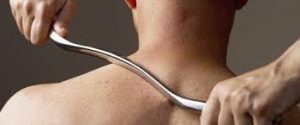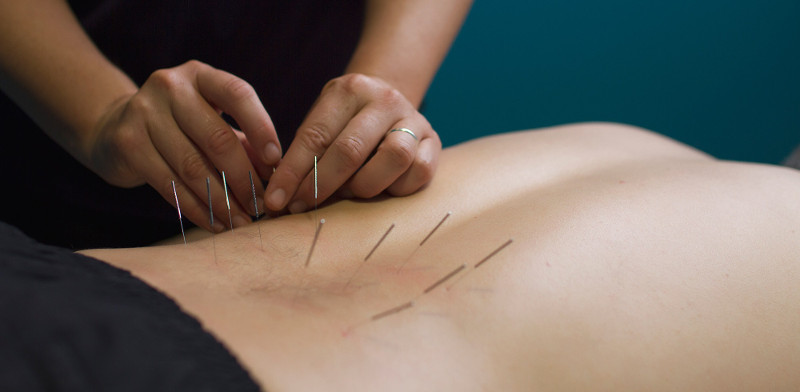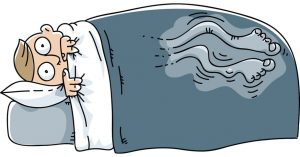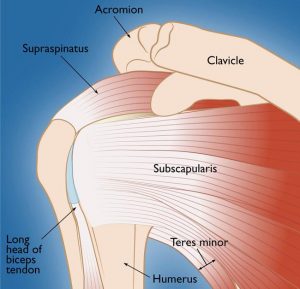 Rotator Cuff Tears
Rotator Cuff Tears
Your arm is kept in your shoulder socket by your rotator cuff. The rotator cuff consists of four muscles, the supraspinatus muscle, the infraspinatus muscle, the terres minor muscle, and the subscapularis muscle. These muscles attach the humerus to the shoulder blade and help lift and rotate your arm.
Your shoulder is made up of three bones: your upper arm bone (humerus), your shoulder blade (scapula), and your collarbone (clavicle). The shoulder is a ball-and-socket joint: the ball, or head, of your upper arm bone fits into a shallow socket in your shoulder blade.
There is also a lubricating sac called a bursa between the rotator cuff muscles and the bone on top of your shoulder (acromion). The bursa allows the rotator cuff tendons to glide freely when you move your arm. Sometimes it may become inflamed and painful due to overuse.
There are two main causes of rotator cuff injury and degeneration.
1. Acute Tears
If you fall down on your outstretched arm or lift something too heavy with a jerking motion, you can tear your rotator cuff at that moment.
2. Degenerative Tears
Many rotator cuff tears are the result of a wearing down of the tendon occurring slowly over time. They are more common in the dominant arm.
Several factors contribute to degenerative, or chronic, rotator cuff tears.
- Repetitive stress : Repeating the same shoulder motions again and again can stress your rotator cuff muscles and tendons. Baseball, tennis, rowing, and weightlifting are examples of sports activities that can put you at risk for overuse tears. Many jobs and routine chores can cause overuse tears, as well.
- Lack of blood supply : As we get older, the blood supply to our rotator cuff tendons reduces. Without a good blood supply, the body’s natural ability to repair tendon damage is impaired. This can ultimately lead to a tendon tear.
- Bone spurs : As we age, bone spurs (bone overgrowths) often develop on the underside of the acromion bone. When we lift our arms, the spurs rub on the rotator cuff tendon. This is part of a condition which comes under the general term of ”shoulder impingement”. Over time this can damage the tendon, making a tear more likely. The supraspinatus muscle is probably the more common of the rotator cuff muscles to get injured as we age. This is because the supraspinatus passes under the acromion process before attaching to the greater tubercle of the humerus.
- Poor posture : With poor posture over time the shoulders start to protrude forward making the subacromion space smaller and causing shoulder impingement, sometimes leading to rotator cuff muscle/tendon damage, especially the supraspinatus muscle/tendon.
Symptoms
The most common symptoms include:
- Pain at rest and at night, particularly if lying on the affected shoulder
- Pain when lifting and lowering your arm or with specific movements
- Weakness when lifting or rotating your arm
Tears that happen suddenly, such as from a fall, usually cause intense pain immediately. There may be a snapping sensation or feeling of something giving way, followed by immediate weakness/severe pain in moving your upper arm.Tears that develop slowly due to overuse also cause pain and arm weakness but the increase in pain intensity occurs over time. You may have pain in the shoulder when you lift your arm, or pain that moves down your arm. At first, the pain may be mild and only present when lifting your arm over your head, such as reaching into a cupboard. Over time, the pain may become more noticeable at rest, and no longer goes away with medications. You may have pain when you lie on the injured side at night. The pain and weakness in the shoulder may make routine activities such as combing your hair or reaching behind your back more difficult.
There are different types of tears.
- Partial tear : This type of tear is also called an incomplete tear. It damages the tendon, but does not completely sever it.
- Full-thickness tear : This type of tear is also called a complete tear. It separates all of the tendon from the bone.
Rotator Cuff Tears – Imaging Tests
Magnetic resonance imaging (MRI) or ultrasound are probably the best way to confirm tears, bursitis, tendinopathies or bone spurs in the rotator cuff area.
Rotator Cuff Tears -Treatment
If you have a partial rotator cuff tear and you keep using it despite increasing pain, you may cause further damage. A rotator cuff tear can get larger over time.
Chronic shoulder and arm pain are good reasons to see your doctor. Early treatment can prevent your symptoms from getting worse. It will also get you back to your normal routine that much quicker.
The goal of any treatment is to reduce pain and restore function. There are several treatment options, and the best option is different for every person. In planning your treatment, your doctor will consider your age, activity level, general health, and the type of tear you have.
Nonsurgical Treatment
Nonsurgical treatment options may include:
- Rest. Your doctor may suggest rest and limiting overhead activities. He or she may also prescribe a sling to help protect your shoulder and keep it still.
- Activity modification. Avoid activities that cause shoulder pain.
- Nonsteroidal anti-inflammatory medication. Drugs like ibuprofen and naproxen reduce pain and swelling.
- Strengthening exercises and physical therapy. Specific exercises will restore movement and strengthen your shoulder. Your exercise program will include stretches to improve flexibility and range of motion. Strengthening the muscles that support your shoulder can relieve pain and prevent further injury.
- Cortisone steroid injection. This is not recommended with a muscle or tendon tear and can actually lead to more damage in the long-term. One exception would be in the case of a subacromial bursitis where it can be very effective in shrinking the bursa back to normal size and reducing the inflammation.
Surgical Treatment
Your doctor may recommend surgery if your pain does not improve with nonsurgical methods. Continued pain is the main indication for surgery. If you are very active and use your arms for overhead work or sports, your doctor may also suggest surgery.
Other signs that surgery may be a good option for you include:
- Your symptoms have lasted 6 to 12 months
- You have a large tear
- You have significant weakness and loss of function in your shoulder
- Your tear was caused by a recent, acute injury
Surgery to repair a torn rotator cuff most often involves re-attaching the tendon to the head of humerus (upper arm bone).
Home rehab exercises for the rotator cuff muscles click here
Physiotherapist in Tralee : Phone 086-7700191
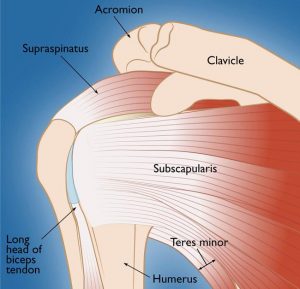
 Rotator Cuff Tears
Rotator Cuff Tears